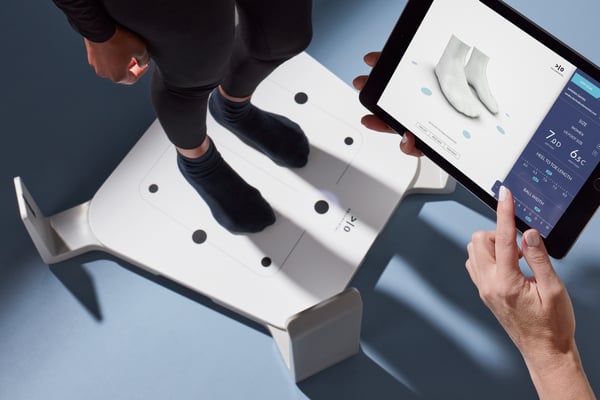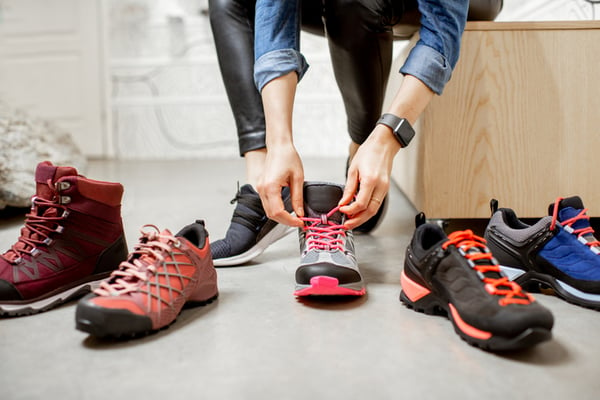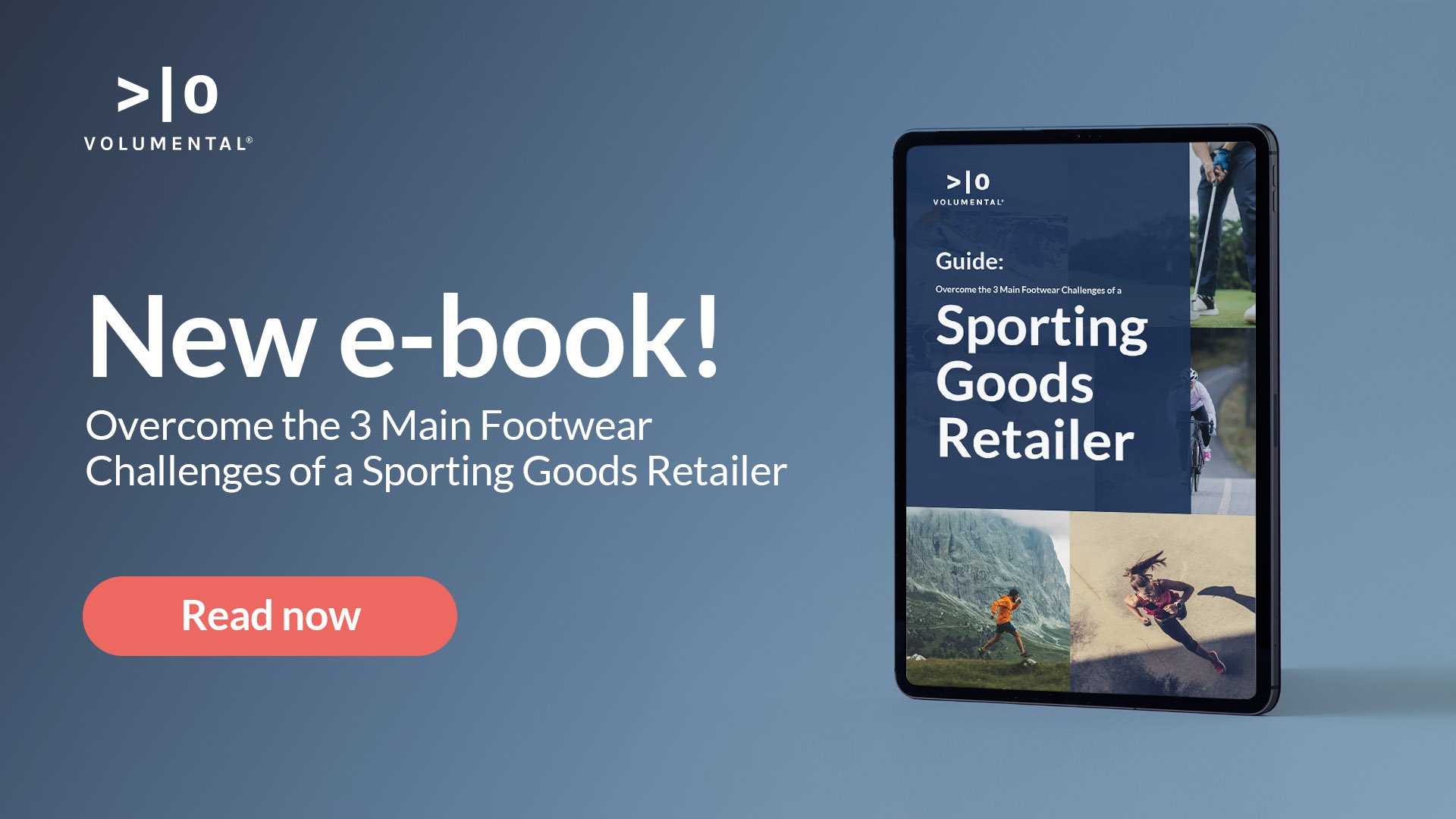The barista at the local coffee shop knows your name and your order. She gives you a free biscotti “just this once” (it’s the fifth time). Besides the great coffee, what makes you a loyal customer is the personal experience. But how do you provide high-end shopping experiences as a sporting goods retailer when your footwear department is based on a low-touch approach?
Here, we list the 4 most effective ways to use personalization, both in-store and online, to create experiences your customers won’t want to miss out on. It’s time to get personal!
Online, offline, and omnichannel personalization – what’s the difference?
Personalization has always been the baseline for creating customer value for brick-and-mortar retailers. Assistance based on personal needs, friendly recognition of a returning customer, and sales associates keen to get to the bottom of the problem are what turns customers into brand ambassadors.
And although the eCommerce store owner doesn’t usually meet their customer face to face, they can get to know them – it just takes a different method. It might be through analyzing data gathered from customers visiting your website, so you can provide them with more relevant on-site recommendations or through an AI-powered fitting experience that only shows the customer clothes and shoes that fit them.
If you’re an omnichannel business, you need to combine different methods and personalize every step of the customer journey – from their first visit to your website or physical store, to the check-out experience, and beyond: enabling them to build a continuous relationship with your brand through tailored campaigns.
4 ways to level up your footwear shopping experiences through personalization
1. Enhance the customer experience
Interacting with your brand needs to be memorable. Yet some retailers still fit their customers the same way today as they did 100 years ago. For in-store footwear retailers, that entails the clerk pulling a few recommendations based on a few questions and, sometimes, measurements from a Brannock device. Online, customers order multiple designs in several sizes, hoping one will fit.
If this sounds familiar, you need to turn to retail technology to create new shopping experiences that genuinely fix the customers’ problems and provide them with the best fit outcomes possible.
A solution that’s rapidly growing in popularity is using digital 3D scanning when fitting shoes and apparel. Scan the customers and send the result to the customer's email so they have a ready reference when it’s time to shop for new pieces.

2. Offer personalized product recommendations
70% of all returns are caused by poor fit.
Therefore, it’s surprising that not more has been done by the industry to eliminate the guesswork from buying footwear, which is notoriously tricky and has a high return rate compared to other items.
Personalized recommendations are the best way to solve the problem, and if you give suggestions based on customer data, you’ve come a long way.
If you’re asking your client to give you their information in exchange for the perfect fit, you must ensure you provide them with real lasting value in return. Don’t stop when the customer converts – send personalized recommendations at an appropriate interval to meet changing needs and the changing seasons.
3. Identify and redesign low conversion points
Taking a personalized approach to your retail can seem overwhelming if you try to rethink your entire customer experience at once. So start by creating memorable experiences in areas with low conversion rates. Shopping cart abandonment rates are particularly high for online sales when there is little or no fit guidance to the shopper while selecting footwear.
Personalized experiences tend to build purchase confidence, which converts more browsers into buyers and indicates which efforts your clients respond to. It can be anything from a simple quiz to find the perfect product to AI-based, accessing the shopper’s previous in-store scans online or even mobile scanning to determine which size and design would fit them best.

4. Sell customizable products
One size doesn’t fit all – so can you add custom-made products to your lineup?
More and more retailers are offering the opportunity to customize the product's fit and/or design. Ensure you get the additional information before conversion to ensure the product will meet the customer's expectations, so you don’t have to worry about returns and customer satisfaction. Accurate and easily accessible foot measurements are particularly important when creating customized insoles and shoes.
Turn your fitting process into a high-end shopping experience
Personalization benefits your brand in many ways – from creating consistency across your channels to increasing customer loyalty and optimizing conversion.

